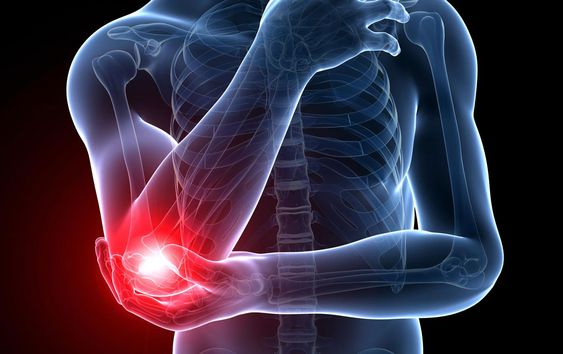Introduction:
Tennis elbow, also known as lateral epicondylitis, is a painful condition that affects the tendons on the outside of the elbow. Despite its name, you don't have to be a tennis player to develop this condition. In fact, any activity that involves repetitive arm movements can lead to tennis elbow. This includes activities like painting, typing, gardening, and playing musical instruments.

Tennis elbow develops when the tendons that attach the forearm muscles to the bony prominence on the outside of your elbow, called the lateral epicondyle, become overloaded and strained. This strain causes tiny tears in the tendons, leading to inflammation, pain, and tenderness on the outside of the elbow. While the pain may initially be mild, it can worsen over time and make it difficult to perform everyday activities.
What Causes Tennis Elbow?
As mentioned earlier, tennis elbow is primarily caused by repetitive arm movements that put stress on the forearm muscles and tendons. Some common causes include:
- Playing tennis: The repetitive backhand strokes in tennis are a common culprit, hence the name "tennis elbow."
- Occupational hazards: Jobs that involve repetitive motions like carpentry, plumbing, painting, and typing can increase the risk.
- Age: Tennis elbow is more common in people between the ages of 30 and 50.
- Other activities: Certain sports like badminton, squash, and weightlifting can also contribute to tennis elbow.
Symptoms of Tennis Elbow
The primary symptom of tennis elbow is pain and tenderness on the outside of the elbow, which may:
- Worsen with activity: The pain may intensify when you grip objects, twist your arm, or lift something.
- Radiate to the forearm: The pain may travel down your forearm towards your wrist.
- Cause morning stiffness: You may experience stiffness in your elbow when you wake up.
Treatment Options for Tennis Elbow
Fortunately, most cases of tennis elbow respond well to conservative treatment methods, such as:
- Rest: Avoid activities that aggravate your pain.
- Ice: Applying ice to the affected area can help reduce inflammation.
- Pain relievers: Over-the-counter pain medications like ibuprofen or naproxen can provide relief.
- Physical therapy: A physical therapist can teach you exercises and stretches to strengthen your forearm muscles and improve flexibility.
- Bracing: Wearing a brace or support strap can help reduce strain on the tendons.
In some cases, your doctor may recommend other treatments like corticosteroid injections or, in rare cases, surgery if conservative methods are unsuccessful.





